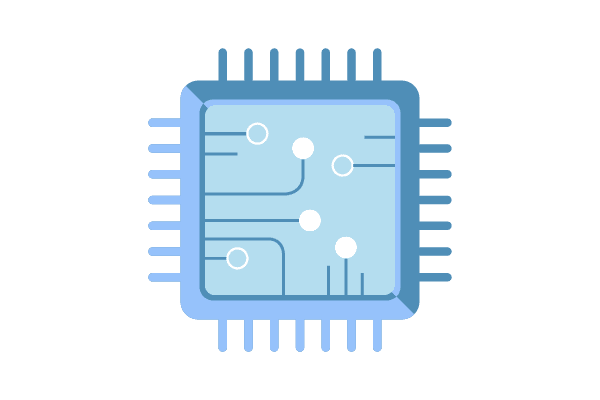The future of technology will be on the edge – edge computing that is. The most forward-thinking tech companies have recognized the limitations of cloud computing and have begun to do things differently. Though many people won’t give a second thought to the technical ways in which their devices and services compute, they will certainly notice a difference in the speed, security, and reliability of the technology they use.
The advancement and growing use of edge computing technology has been driven in large part by the booming IoT (Internet of Things) market. These internet-connected devices, including WiFi Sensing technologies, require real-time computing power and data processing that cloud computing cannot effectively provide.
The Cloud Evolves
For years, the world’s most popular platforms, networks, and devices have relied solely on the cloud, which centralizes services. Dropbox, Gmail, Office 365, Slack, and devices like Amazon Echo, Google Chromecast, and Apple TV are all powered by the cloud. In recent years, cloud providers have consolidated, meaning most companies around the world depend on the intelligence, architecture, and compute power of Amazon, Microsoft, Google, and IBM.
These dominant companies, and other innovative businesses, have realized that there are limited growth opportunities left in the cloud computing space, leading them to pursue edge computing.
What is Edge Computing?
Edge computing brings computation, information processing, and data storage closer to the devices gathering and producing data and information, rather than relying on a distant central location or server. Edge computing geographically distributes where the computing is being done. With Origin Wireless’s technology, the computation is done on IoT devices, routers, and dedicated hardware and sends only meaningful environmental insights to the cloud. To say this is a game-changer would be an understatement.
Top Five Benefits of Edge Computing:
Technology companies like Origin Wireless that compute 100% on the edge offer significant benefits compared to companies using even a small percentage of cloud computing.
- Security: By only connecting to the cloud when absolutely necessary (in the case of Origin Wireless, this connection happens to send important sensing events like motion inside the home), edge computing companies limit the window of opportunity for a bad actor to intercept and inject malicious code.
- Speed: Sending and receiving from the cloud takes time. By computing locally, WiFi Sensing and other edge computing technologies are fast, and aren’t reliant on fast internet speeds.
- Accuracy: Edge computing allows updates to be sent over the air, meaning the connected devices will always be up-to-date and will always be sending and receiving the most accurate information.
- Reliability: If companies rely on the cloud for computation, they must also rely on a stable internet connection. If that connection is lost, even temporarily, important information is lost along with it. By computing locally, edge computing technologies ensure a steady stream of data is flowing. This yields greater reliability and accuracy.
- Cost Savings: Every time we interact with the cloud, it costs money. This adds up quickly, especially with the breadth of data IoT devices are consistently processing. With edge computing, companies only need to interact with the cloud when necessary, which notably reduces bandwidth requirements, allowing companies to save on cloud operation costs, and, as a result, lower costs for customers.
Edge computing is groundbreaking and has already enhanced our devices. It will continue to do so as more technologies adopt it, bringing us into a faster, more secure future. We encourage you to heighten your awareness as to what devices and programs are using edge computing so that you know you’re always utilizing the latest – and greatest – technology.

